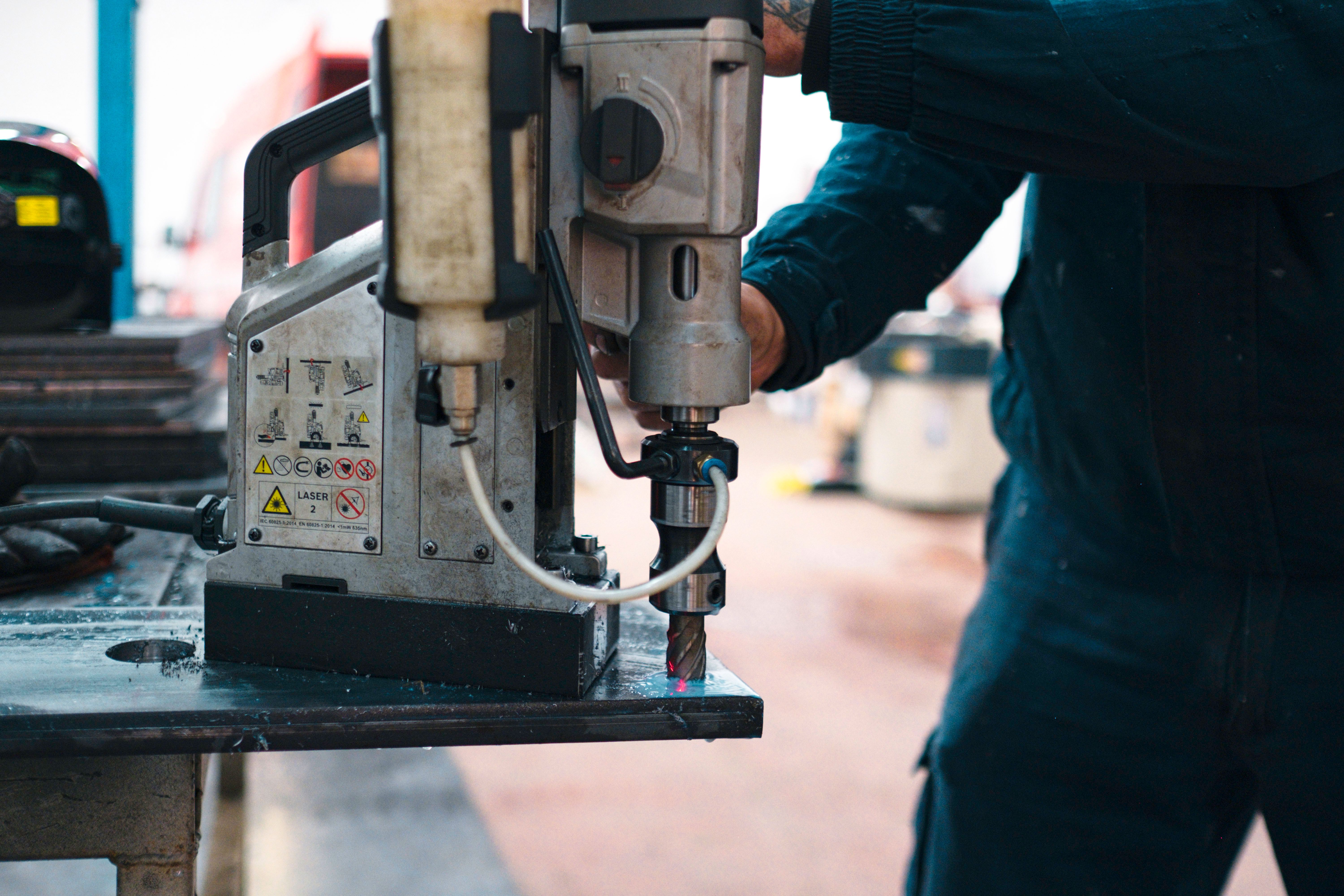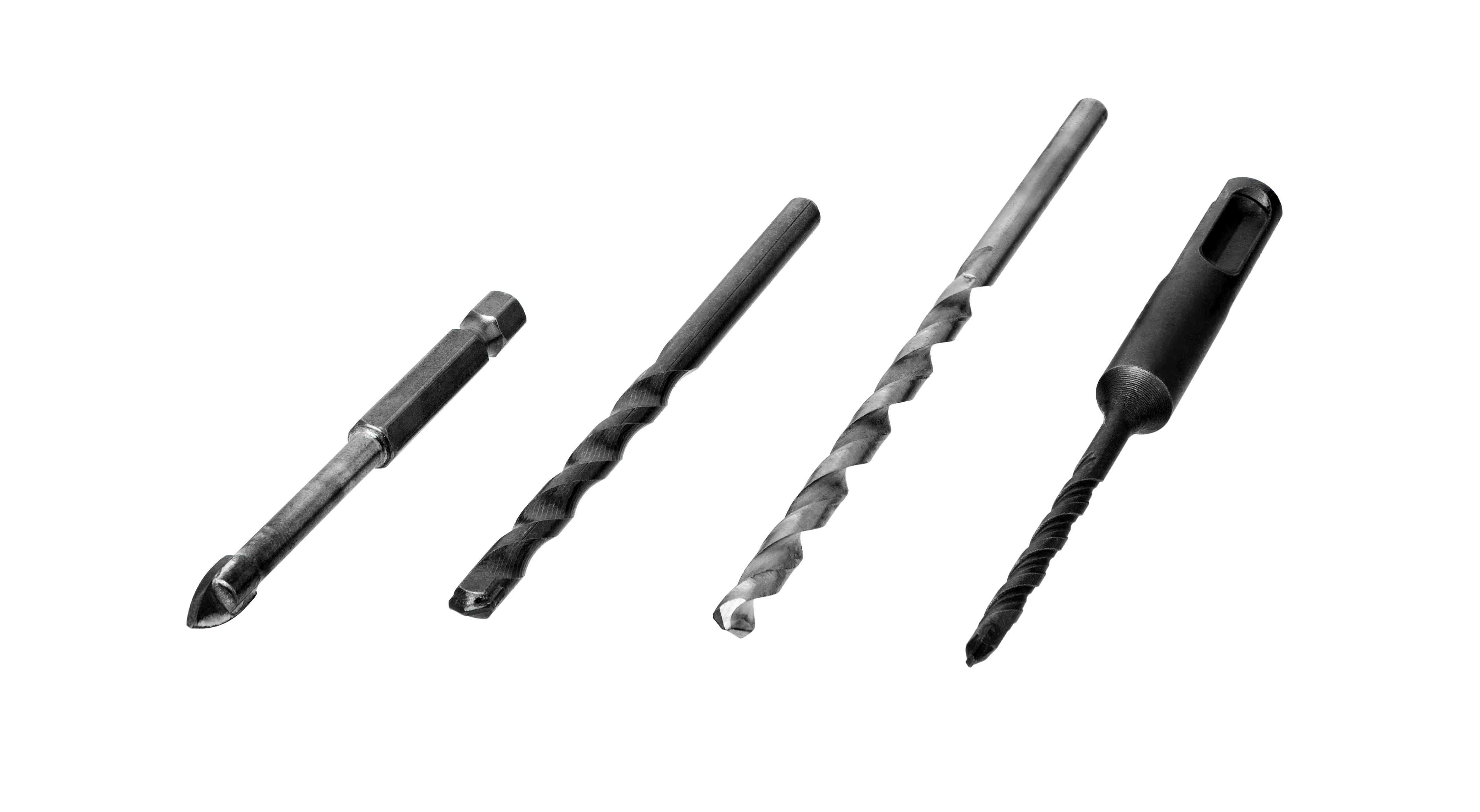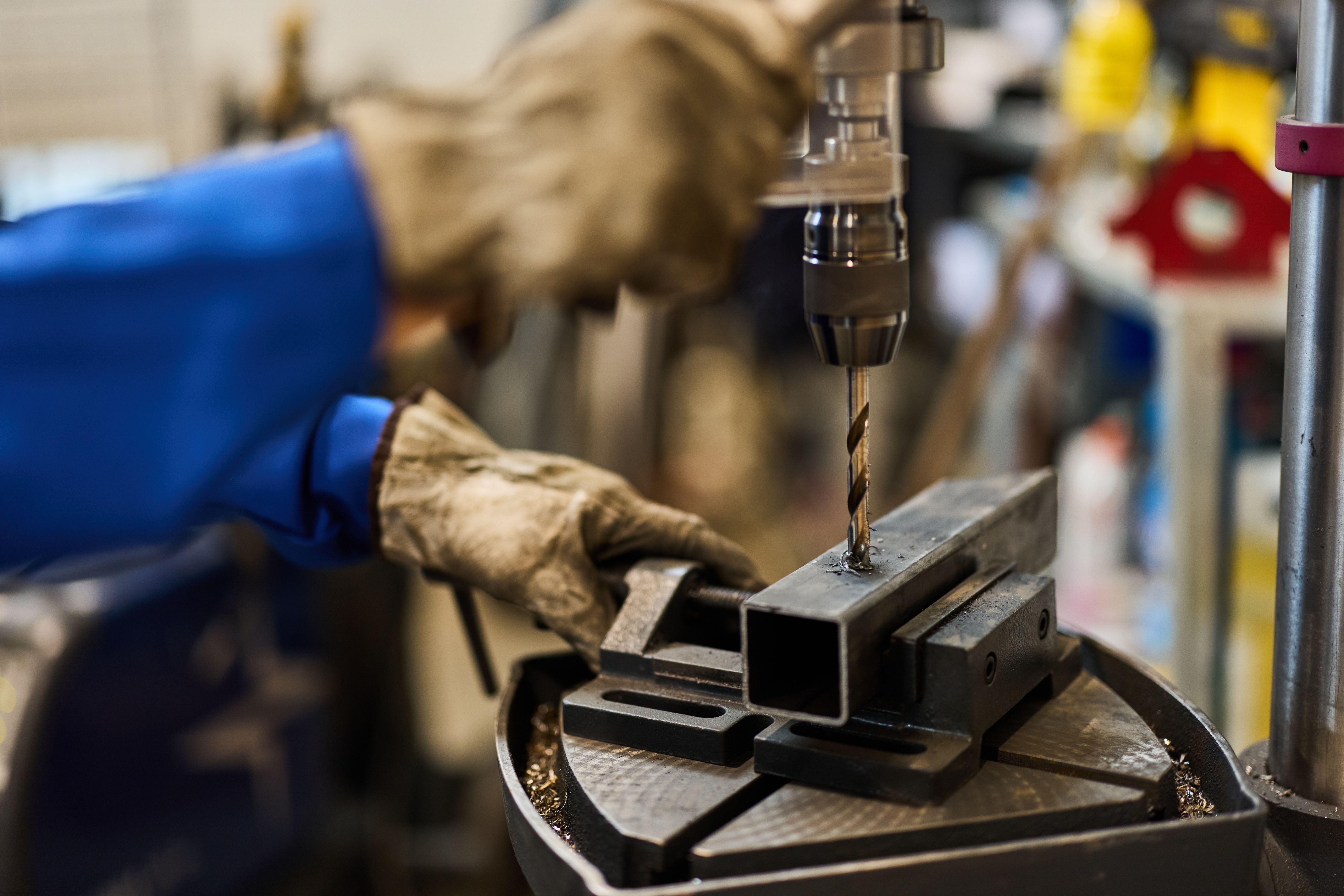Safe Use of Magnet Drills: Tips for Beginners
RR
Understanding Magnet Drills
Magnet drills, also known as magnetic drills, are powerful tools designed to create precise holes in metal surfaces. They are equipped with an electromagnet base that firmly attaches to the metal surface, ensuring stability during operation. For beginners, understanding the basic components and functions of a magnet drill is crucial for safe and effective use.
These drills are widely used in construction, fabrication, and manufacturing industries. Whether you're drilling structural steel or metal plates, magnet drills offer both portability and accuracy. However, like any power tool, they must be used correctly to ensure safety and efficiency.

Preparing for Drilling
Before starting any drilling task, it's essential to prepare both the tool and the work environment. Here are some steps to follow:
- Inspect the Equipment: Check the drill and its components for any signs of wear or damage. Ensure that the magnet base is clean and functional.
- Secure the Work Area: Ensure that the metal surface is clean and free from debris. Remove any obstructions that may interfere with the drill's magnetic base.
- Use Appropriate Safety Gear: Always wear protective gear such as safety glasses, gloves, and hearing protection to safeguard against potential hazards.
Selecting the Right Drill Bit
Choosing the correct drill bit is crucial for achieving precise results. Consider the material you will be drilling and select a bit that matches its hardness and thickness. For tougher materials, cobalt or carbide-tipped bits are recommended due to their durability and cutting efficiency.

Operating the Magnet Drill
Once you've prepared your equipment and work area, it's time to start drilling. Follow these steps to ensure safety and accuracy:
- Position the Drill: Place the magnet drill on the metal surface, ensuring that the base is fully engaged. Double-check that it's securely attached before proceeding.
- Adjust the Speed: Set the drill to an appropriate speed based on the material and bit type. Generally, harder materials require slower speeds.
- Begin Drilling: Gradually apply pressure as you start drilling. Allow the drill bit to work through the material without forcing it.
It's important to monitor the drill's performance throughout the process. If you notice any unusual vibrations or noises, stop immediately and inspect both the tool and workpiece.

Maintenance and Care
Proper maintenance of your magnet drill is essential for its longevity and performance. After each use, clean the drill thoroughly to remove any metal shavings or debris. Regularly check for signs of wear on both the drill and its components, replacing any parts as necessary.
Additionally, store your magnet drill in a dry place to prevent rust and other forms of corrosion. Regular lubrication of moving parts will also enhance its operational lifespan, ensuring that it remains a reliable tool for future projects.
Conclusion
The safe use of magnet drills requires a combination of proper technique, preparation, and maintenance. By following these guidelines, beginners can confidently operate these powerful tools while minimizing risks. Remember, safety should always be your top priority when working with any power tool.
With practice and attention to detail, you'll be able to harness the full potential of magnet drills for a variety of applications. Whether you're a DIY enthusiast or a professional craftsman, mastering this tool can significantly enhance your metalworking skills.